Born in Copenhagen in 1902, Jacobsen attended the Architecture School at the Royal Danish Academy of Fine Arts from 1924 to 1927.
His first architectural project was humble — a single family home in Hellerup, near Copenhagen.
The famous architect is equally well know for his design pieces, having created chair designs that became frontrunners for both Danish minimalistic and functional design. His most critically acclaimed chairs include the Ant, Series 7, the Egg and the Swan.
During his career, Arne Jacobsen created buildings and furniture from the Danish National Bank or SAS Royal Hotel in Copenhagen, to chairs, lamps, door handles and cutlery designs.
Five of Jacobsen’s international works are included in a series of illustrations created by travel company Expedia to showcase architectural giants throughout history.
The illustrations can be explored on the following map, while the five international Arne Jacobsen buildings included are listed below.
1) Skovshoved Petrol Station, Denmark
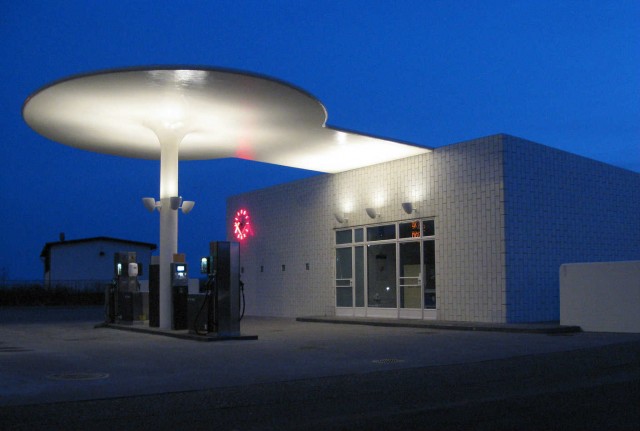
Photo: Christian Lylloff/Wikimedia Commons
In 1938, Arne Jacobsen was hired by gas company Texaco to design a new standard of gas stations, although only one model made it into production.
The building’s nickname “Paddehatten” or “The Mushroom” comes from its trademark ellipse-shaped roof. This design was later used as inspiration for Jacobsen’s famous 1952 Ant chair which had similar shaped backrests.
Still standing and in full operation, the only thing to change about this petrol station in all of those years has been the additional petrol pumps. The building itself is now an ice cream shop.
2) St. Catherine's College, Oxford, UK
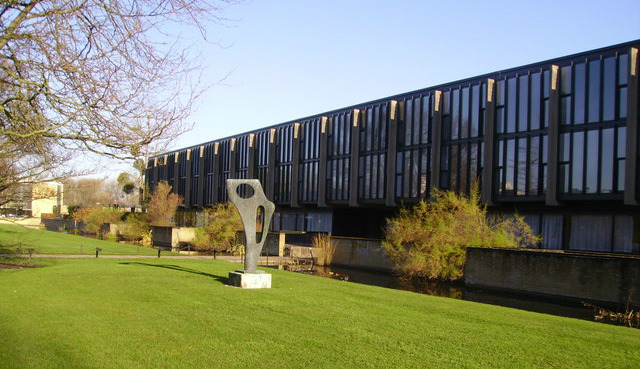
Photo: Kenneth Yarham/Wikimedia Commons
In 1960, Arne Jacobsen was invited to design St. Catherine's College – the University of Oxford's first new college in almost 100 years.
Despite being one of the newest colleges at Oxford, the site has already found its place in history, earning a ‘Grade I’ listing in 1993.
3) Central Bank of Kuwait
The former Central Bank of Kuwait’s compositional approach bears resemblance to the Danish National Bank – another of Jacobsen’s designs.
In the period from 1986-1990 the building saw major reconstruction, although it kept its original shape. In 2005, workers broke ground on a brand new HQ building to meet the demand of its expanding operations. The New HQ officially opened in April 2017. Jacobsen’s building remains in use, but looks radically different from its appearance during its heyday.
4) Landskrona Sports Hall, Sweden
Despite having fled to Sweden during World War II to live until its conclusion, Jacobsen's work did not reached Sweden until before 1965, when he won a competition to design Landskrona Sports Hall.
5) Town Hall Mainz, Germany
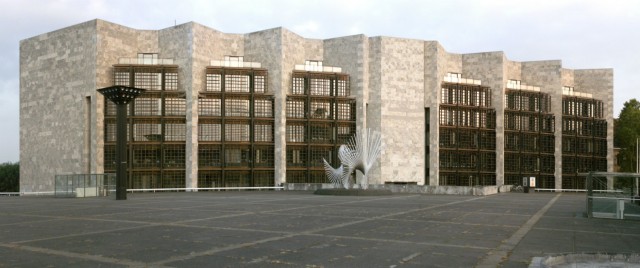
Photo: MzMzMz/Wikimedia Commons
The Town Hall in Mainz, Germany was the final project Arne Jacobsen completed before he died in 1971 – designed with his colleague Otto Weitling.
READ ALSO: Eight incredible buildings that prove wood is good

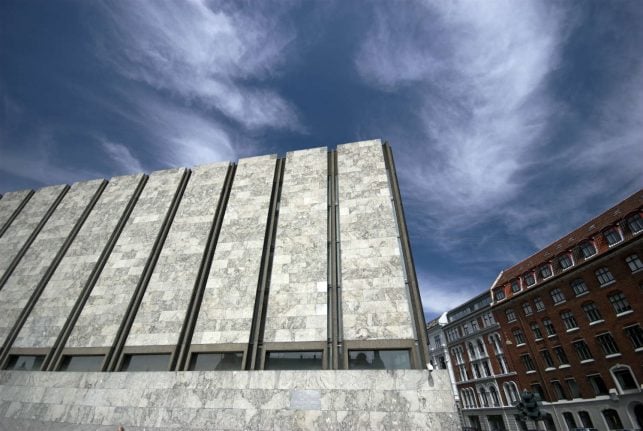
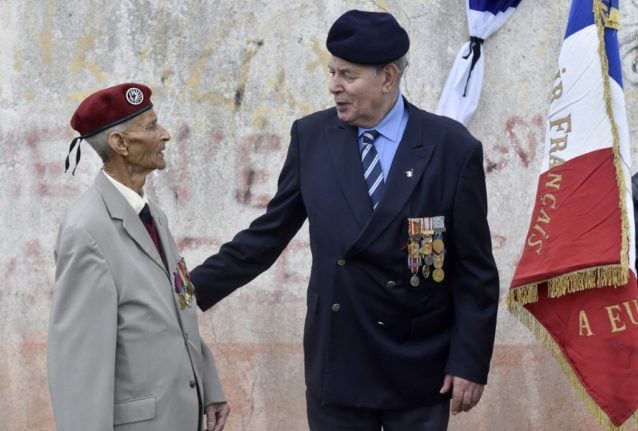
 Please whitelist us to continue reading.
Please whitelist us to continue reading.